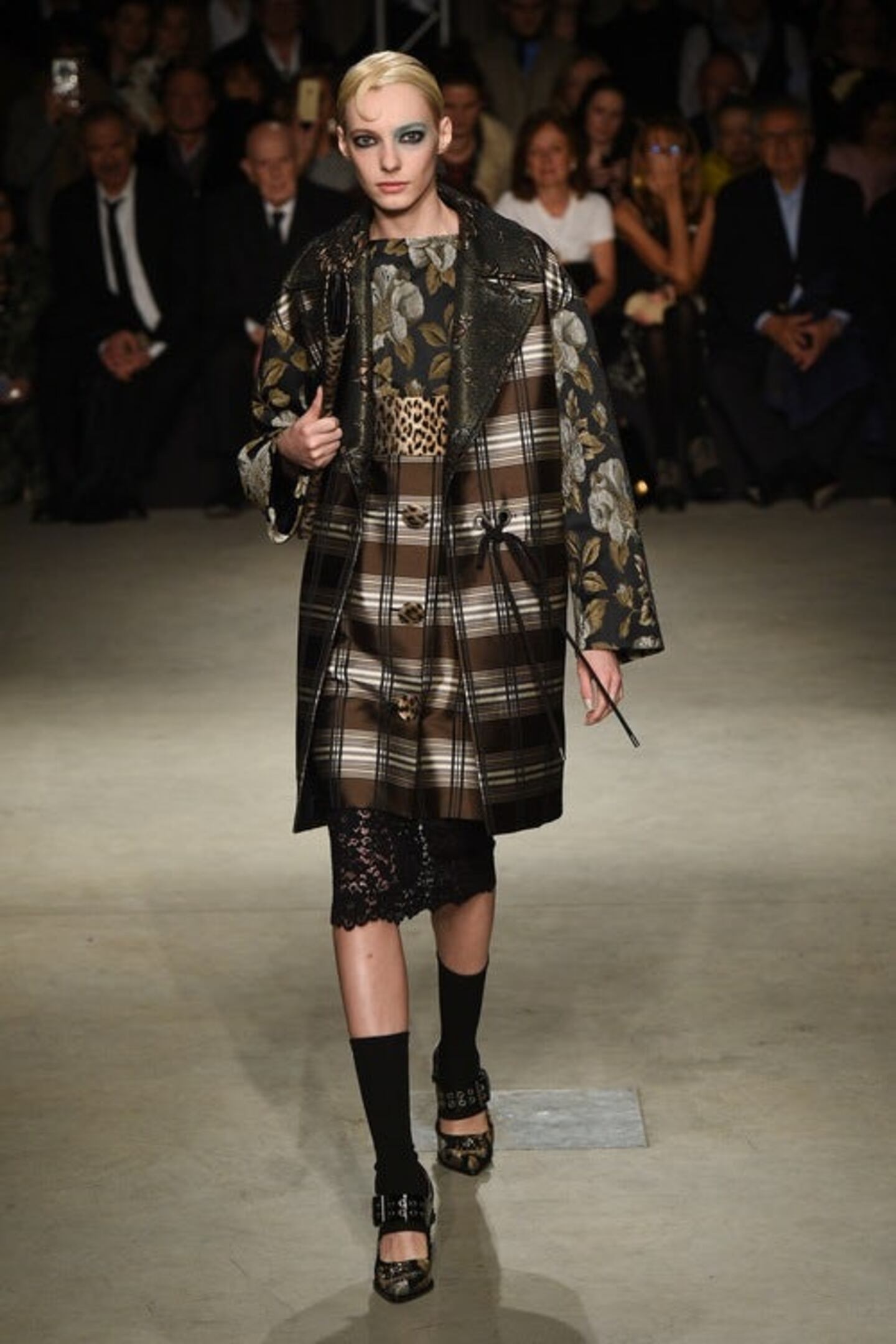
The Business of Fashion
Agenda-setting intelligence, analysis and advice for the global fashion community.

Agenda-setting intelligence, analysis and advice for the global fashion community.

MILAN, Italy — Look no further than Antonio Marras for bizarre yet touching narratives. He is a master of the crazy conjunction and seems to have no shortage of ideas. This season he imagined the impossible dialogue between a botanist and a dancer: liberated gestures on one side and meticulous application on the other.
How did it all translate into clothes? Well, the real impact was on the amusing choreography of the show, which consisted in a cast of models, real men and women of all ages and actors/dancers that sometimes, all of a sudden, performed expressive moves on the catwalk. Sounds tricky, but it worked. As for the collection, there were leaf motifs swarming all around, together with the applique and patchwork Marras manages so well. The silhouette, another Marras classic, was slightly 1940s. As it has happened over the past few seasons, it was all very controlled, if still exuberant, and not an ounce costumey or folk. Antonio Marras has clearly found his balance, and it shows.
From where aspirational customers are spending to Kering’s challenges and Richemont’s fashion revival, BoF’s editor-in-chief shares key takeaways from conversations with industry insiders in London, Milan and Paris.
BoF editor-at-large Tim Blanks and Imran Amed, BoF founder and editor-in-chief, look back at the key moments of fashion month, from Seán McGirr’s debut at Alexander McQueen to Chemena Kamali’s first collection for Chloé.
Anthony Vaccarello staged a surprise show to launch a collection of gorgeously languid men’s tailoring, writes Tim Blanks.
BoF’s editors pick the best shows of the Autumn/Winter 2024 season.